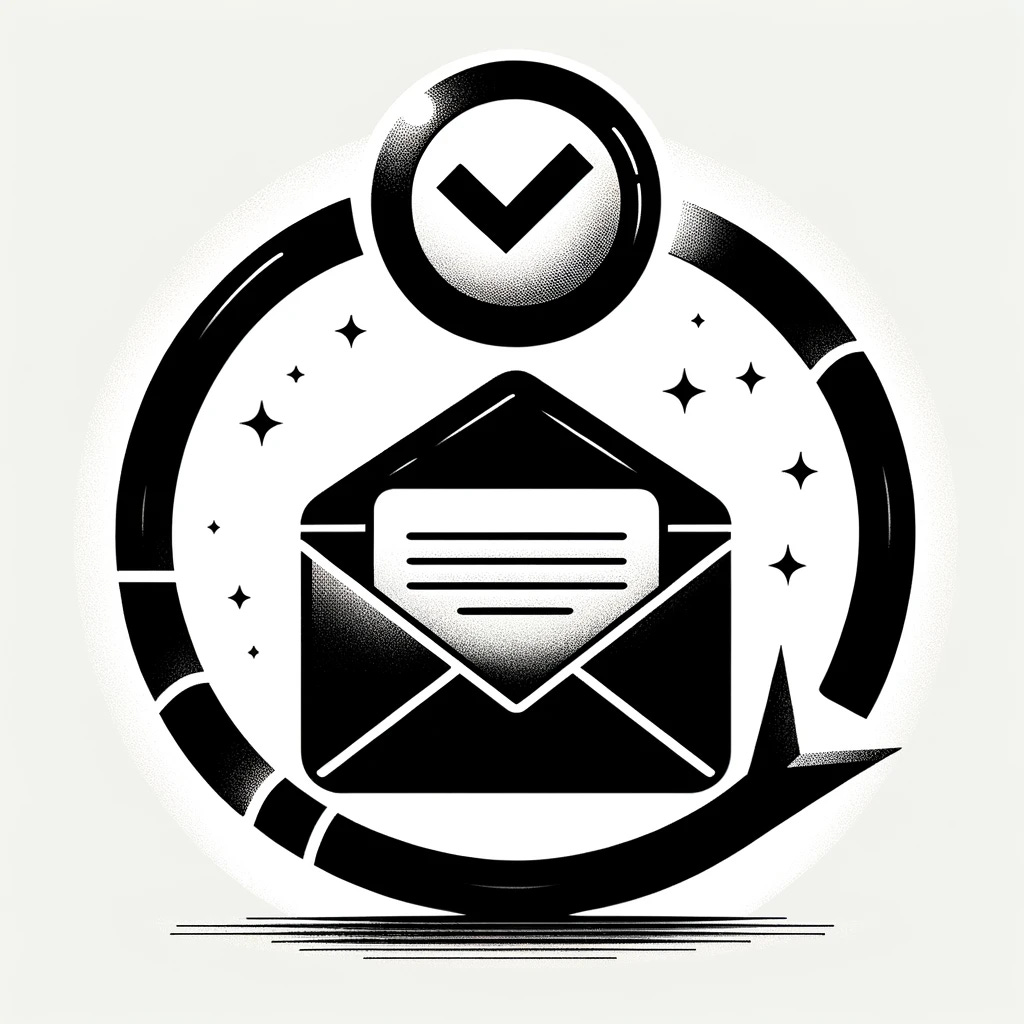A Simple Model for Creating a One Person Business (Part Three)
Your content strategy and your email follow-up strategy
Personal note:
This is the final part of a three-part series on creating a one person business. It’s a simplified roadmap of the information I provide with the Impact Generation newsletter.
If you’ve been contemplating a move into the digital economy (even part-time), this series will cut down your learning curve and give you actionable ideas you can begin to test.
Introduction
We are living in extraordinary times!
Consider the following:
You now have access to 5 billion people from the palm of your hand.
You can push out professional grade images, audio and video from your phone.
You can research any topic, idea, figure, or interest in-depth in a few days.
You can configure every system to publish and sell on the Internet over a long weekend.
You can produce digital products, workshops, and high-ticket mentoring programs in 30-90 days.
I grew up before the Facebook, Amazon Google, or the iPhone, and I’m mesmerized by these advances in tech.
It’s why I’ve become a champion of the virtual economy. It is changing how I approach my work and vocation, and it can change your trajectory as well.
Outline of the One Person Business Model
Here is the outline for creating a one person online business from scratch.
Preliminary Ideas to Internalize as You Begin
A Solution-Centric Approach to Niche Selection
Getting Your Offer Validated
Your VIP List of Subscribers
Part Three
Your Strategic Content
Your E-Mail Follow-Up Strategy
Your Strategic Content
To reach people with your solutions, you must create content. Here are the main principles to our approach:
The core four content pillars
Your signature content
Your seeding content
We’ll cover these in turn.
The core four content pillars
The following topics will give you an endless supply of content, and allow you to stand out in a sea of noise:
These are the Core Four Content Pillars:
Your signature solution - The unique transformation you provide to your market?
Your philosophy - How you see life and the business in which you operate.
Your curiosity - Your passions, interests, and hobbies which connect you to other people and make you an interesting person.
Your DNA - Your personal history and experiences which make you human.
Your signature solution
Your signature solution is the transformation you provide to your target audience. It combines your expertise with a unique solution to a problem in your market.
I wrote extensively on the how and what of a signature solution. I would commend these two articles to you:
How a signature solution can be a game changer for sovereign creators.
How to optimize your online business for Lifetime Customers.™
If you are not advanced enough to create a signature solution, then derive the promised transformation from your micro workshop.
For example, one of my entrepreneur workshop students is a skilled musician and song writer. He is testing a six-hour workshop to train musicians in a church worship team to write their own songs.
He is using his expertise and providing a signature solution: his unique and creative process for songwriting.
Your philosophy about life and business
How you view life and business is another differentiator in your content.
You have to take a stand. You must be polarizing (in a positive sense). There should be things in your industry / profession that you want to call out or do differently.
This is how you develop a tribe or movement.
At the Impact Generation:
We are entrepreneurs of impact.
We market a different way.
We reject the soulless marketing of modern e-commerce.
We see our work as a craft.
We want to attract passionate, niche audiences.
We want to build a world and not just a business.
And so forth.
Your Curiosity
The quirky interests, passions and hobbies which consume you are fodder for your content. They also make you interesting and allow you connect with other people.
For example, I love sports, especially in New England. I love movies and well written TV series. I love origin stories, like how Stan Lee, Steve Jobs, and George Lucas, created their empires.
Your DNA
Finally, your content strategy must include a piece of you, your background, family life, and life experiences. This is what adds humanity to your writing. It is what makes you relatable.
For example, I was born in Mexico, came to the U.S. as a dreamer kid, went to Pepperdine University, hung out in Heidelberg, Germany as an exchange student, and lived in three Latin American countries with my family.
Your signature content
Your signature content is a series of deep dive articles that explains:
Your philosophical approach to your craft or industry.
Your signature solution (or micro-workshop solution).
You should aim to write between 1,000 and 1,500 words per article.
Here’s the breakdown of your signature content:
Article #1 - Your manifesto - Your philosophy / vision for your business, cause, or movement. This helps draw the right people to your brand.
Article #2 - Your culture wall - The core values that undergird your online business. This also attracts certain people while repelling others.
Articles #3 - #10 - One article to describe your overall signature solution, and then a series of articles to break down each step.
Your seeding content
Your seeding content is derived from your signature content as short or medium form pieces. This means any signature article can be turned into 100s of repackaged text, image, audio, and video content pieces.
There are three keys to seeding content:
They should be short pieces that provide insight on some aspect of your business.
They should incorporate one or more core four content pillars. The more pillars you include the better.
They should point back to your longer form content so that people can learn about you, your brand, and your signature solution. This can be a link in your profile, or an actual call to action in the post.
NOTE: You can check out my X feed to see examples of this kind of short form content.
Take this short form content piece.
The above image is from our culture wall newsletter.
A seeding content piece would include the image and the following description. Notice that it’s short, and contains valuable information as well as my philosophy of business.
The quality of your audience (as well as your business) is determined by how you build it.
This speaks to the message you put out, your headlines, your sources of traffic, your lead magnets, and the content of your e-mails.
Manipulative or coercive language might get you a lead or sale, but will damage you in the end.
You cannot poison the river upstream and expect a quality audience downstream.
Your E-Mail Follow-Up Strategy
Your e-mail follow-up strategy is a key driver of revenue for your business. It is where you nurture your subscribers into becoming Lifetime Customers.
There are three principle that should guide your follow-up strategy:
You must have regular contact with your subscribers.
You must build a close relationship with your subscribers.
Don’t be boring. (This is more critical than the first two principles.)
Regular contact means at least ONCE per week, and this should not feel like a burden. It is how you nurture subscribers into becoming customers, as well as Lifetime Customers.
Here at the Impact Generation, we are experimenting with one short e-mail and one newsletter e-mail every week. The content of your emails is your expertise sprinkled in with your personality and unique approach to the market.
Note the core four pillars again.
Structure of your regular e-mails?
In every e-mail, try to entertain, educate, and elevate someone’s thinking:
Entertain - Entertain does not mean you have to become a comedian. Starting with a story, anecdote, compelling testimony or curious fact are solid ways to grab and keep someone’s attention.
Educate - Educate means providing folks with more of your craft, expertise, and solutions. This doesn’t mean you write a thesis on your subject. A golden nugget of information is more than sufficient for an e-mail.
Elevate - Elevate means shifting someone’s paradigm and creating a-ha moments. You want your subscribers to think differently about themselves, the world, and your solutions.
Always connect to an offer
Finally, we should mention that every e-mail you send should connect to an offer. Several prominent marketers suggest a ratio of three to one value e-mails to one offer e-mail.
Nonsense.
Either your products / service make an impact or they do not. And if they do, why would you hide them from the people who most need your solutions?
Besides, if your open rate is 40%, and you have an offer every third e-mail, folks will not see an offer for 7.5 emails.
Three things to keep in mind when thinking about connecting to an offer:
Don’t use your negative experience with e-mail marketers as the benchmark. You are different remember? You are part of the Impact Generation.
Stop thinking in terms of sales. Instead, think in terms of impact and service, and you won’t have to feel “salesly” again.
When you entertain, educate, and elevate someone’s thinking, promoting your offers will feel natural.
Conclusion
This concludes our series on creating a one person business from scratch. We’ve covered a lot of ground. And there are many details to fill-in.
However, nothing would make me happier than for you to review these three posts, and then launch something into the market, even if it’s imperfect.
I have worked with many talented and skilled people over the years. And the biggest obstacle to getting started is usually confidence.
So set your fears aside.
Go for it!
You got this.
And if you fail at first, no problem. Now you have more data and experience for the next round.
Here’s to your success!
Gustavo
P.S If I can be of help in any way (finding your niche, offer creating, lead gen, email follow-up, don’t hesitate to reach out.)








